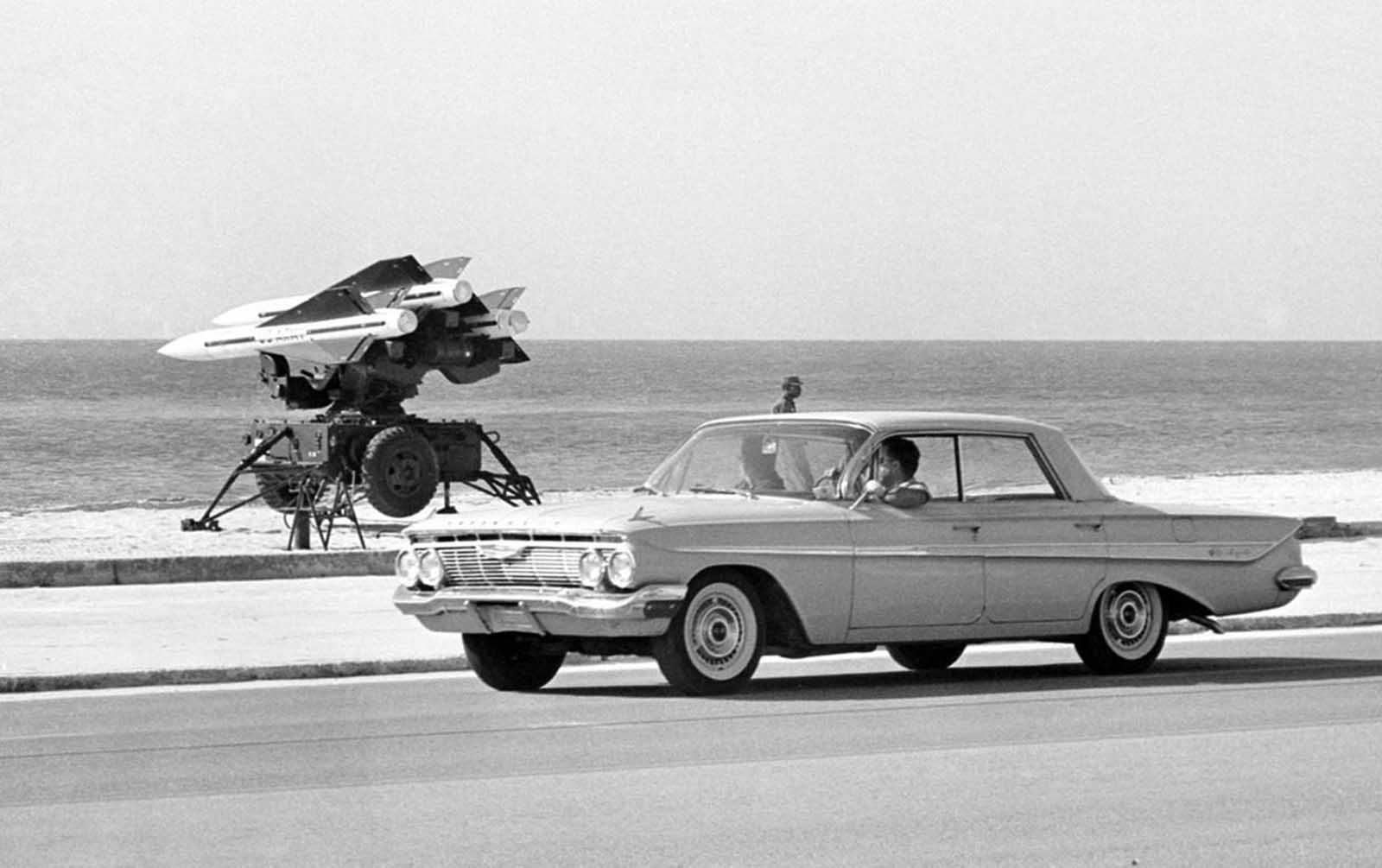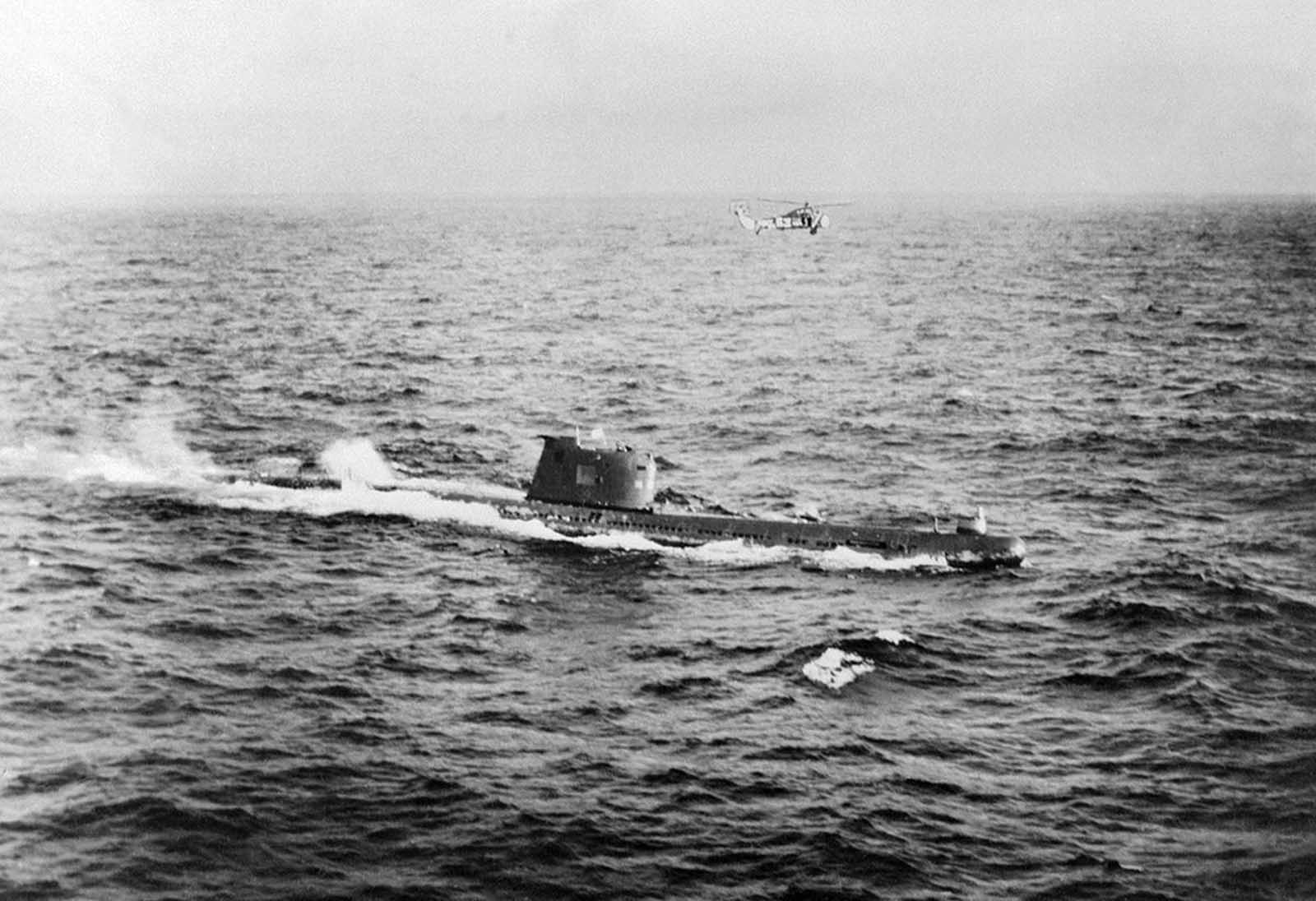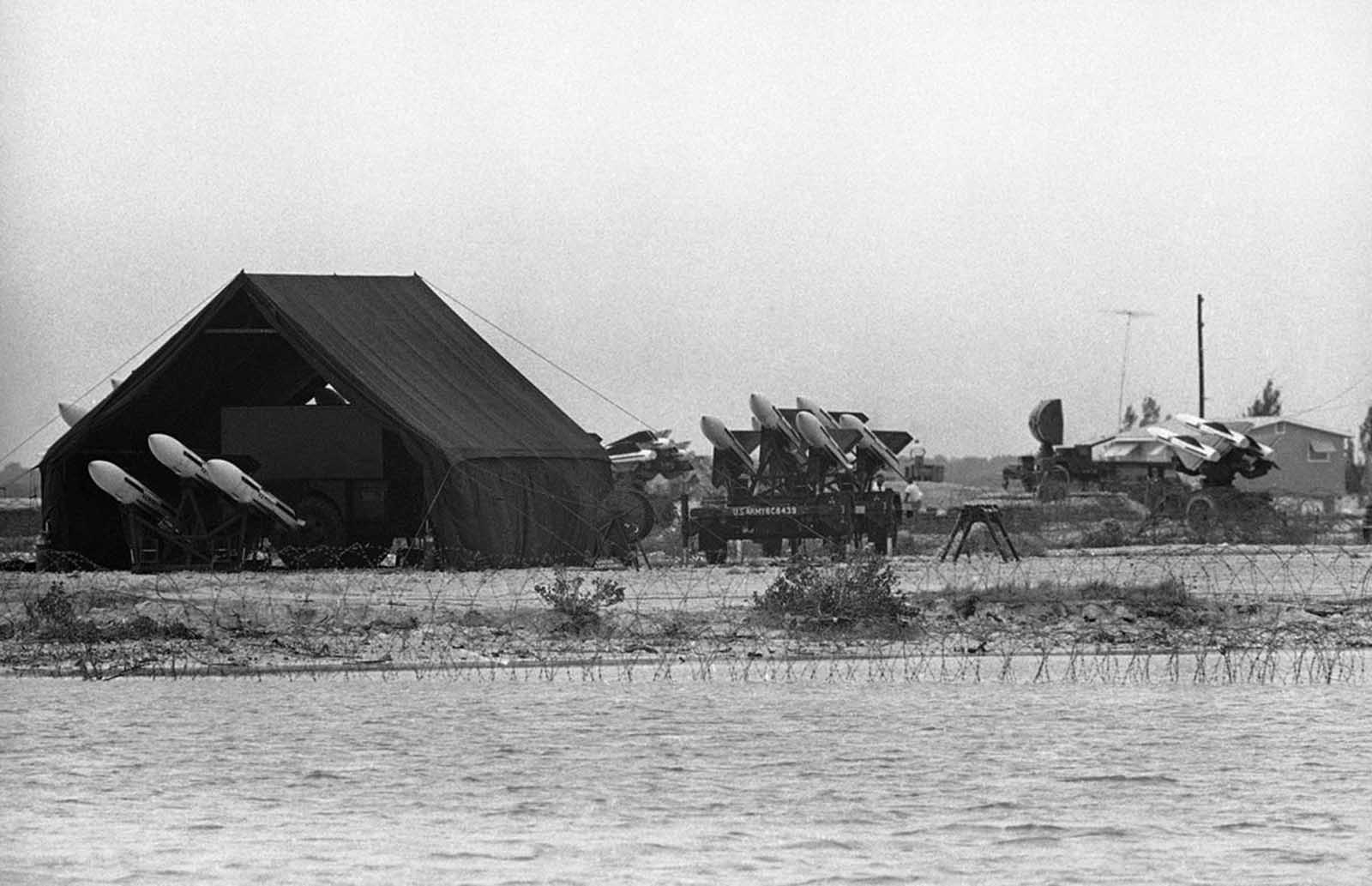The crisis was unique in a number of ways, featuring calculations and miscalculations as well as direct and secret communications and miscommunications between the two sides. The dramatic crisis was also characterized by the fact that it was primarily played out at the White House and the Kremlin level with relatively little input from the respective bureaucracies typically involved in the foreign policy process. In October 1962 President John F. Kennedy was informed of a U-2 spy-plane’s discovery of Soviet nuclear-tipped missiles in Cuba. The President resolved immediately that this could not stand. Over an intense 13 days, he and his Soviet counterpart Nikita Khrushchev confronted each other “eyeball to eyeball,” each with the power of mutual destruction. A war would have meant the deaths of 100 million Americans and more than 100 million Soviets. Pausing at the nuclear precipice, President Kennedy and the group of advisors he had assembled (known as ExComm) evaluated a number of options. After a week of secret deliberations, he announced the discovery to the world and imposed a naval blockade on further shipments of armaments to Cuba. A tense second week followed, during which neither side backed down. Presented with the choice of attacking or accepting Soviet nuclear missiles in Cuba, Kennedy rejected both options. Instead, he crafted an alternative with three components: a public deal in which the United States pledged not to invade Cuba if the Soviet Union withdrew its missiles; a private ultimatum threatening to attack Cuba within 24 hours if the offer was rejected; and a secret sweetener that promised to withdraw U.S. missiles from Turkey within six months. The crisis was resolved at the last minute when Khrushchev accepted the U.S. offer. The Cuban missile crisis stands as a singular event during the Cold War and strengthened Kennedy’s image domestically and internationally. It also may have helped mitigate negative world opinion regarding the failed Bay of Pigs invasion. Two other important results of the crisis came in unique forms. First, despite the flurry of direct and indirect communications between the White House and the Kremlin—perhaps because of it—Kennedy and Khrushchev, and their advisers, struggled throughout the crisis to clearly understand each others’ true intentions, while the world hung on the brink of possible nuclear war. In an effort to prevent this from happening again, a direct telephone link between the White House and the Kremlin was established; it became known as the “Hotline”. Second, having approached the brink of nuclear conflict, both superpowers began to reconsider the nuclear arms race and took the first steps in agreeing to a nuclear Test Ban Treaty. (Photo credit: AP Photo / U.S. Defense Department / US Army Archives / Library of Congress). Notify me of new posts by email.
Δ Subscribe

























